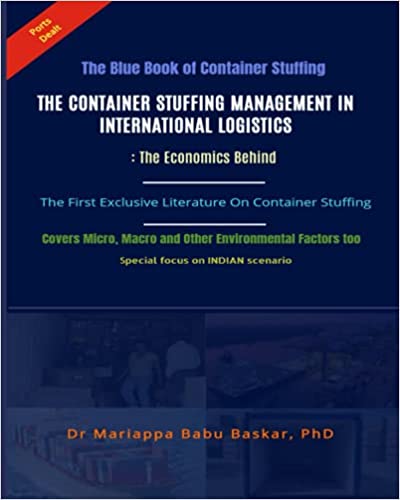
International Logistics is a vital aspect of overseas marketing. There are several modes of unitization (barge, pallet, container, etc) of export cargoes, the containerization seems to be the predominant one. Containerization is a capital-intensive method of moving cargo. The foremost advantage of a container is its multimodal capabilities; it can be carried through all modes of transports such as sea, air, truck and rail with less hindrance (less handling charges). Container stuffing is the foremost function in the containerised international logistics. Failing to focus on this foremost function would apparently lead to increase of logistic cost, time and manpower; the three key elements around which the principles of economics spin. It is surprising that container stuffing problem though significant in reality has not been dealt in the management (and also in operations research) literature effectively in the past. Since 1970, over 250 papers have been published on container stuffing, all of those attempt for optimally stuffing of a container. All literatures fall under operations research domain, which can be referred as ‘technical literatures’. Till date there is not even a single exclusively literature published focusing on the managerial aspects of container stuffing, which can be referred as ‘functional literatures’. This book studies the functional aspects of container stuffing – stuffing method, methodologies, types, and every other aspects of container stuffing that would be interest to functional management of container stuffing. Many technical literatures too emphasized the need for inclusion of practical constraints, which are many in reality such as macro/micro environmental constraint, economic constraint, internal environmental factors, etc. Functional perspective of container stuffing attempts to look on the influence of macro/micro environmental, economic, organizational factors too unlike the technical aspects which focusses on the geometric parameters alone.
